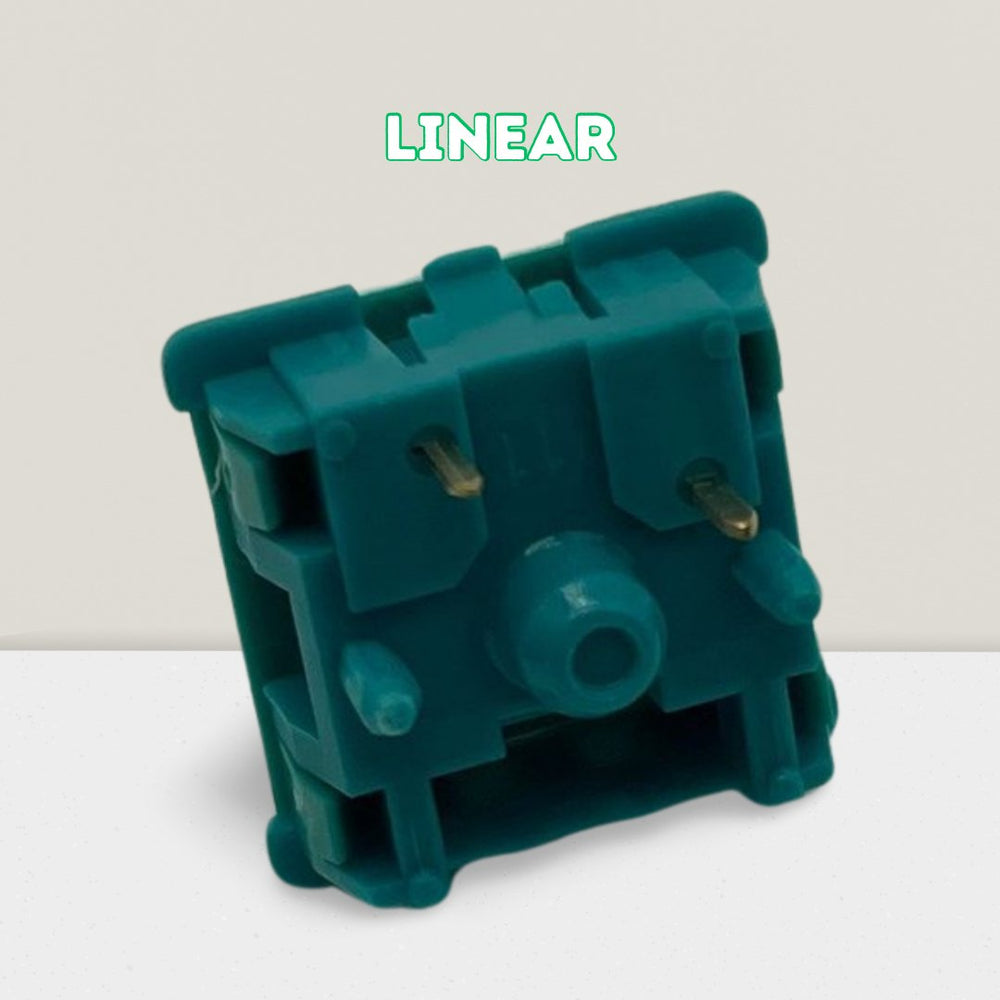Top 5 Tips to Choose the Perfect Mechanical Keyboard Switch for Your Typing Style

Choosing the perfect mechanical keyboard switch is crucial for optimizing your typing experience. In this guide, we'll explore key aspects to consider, ensuring you make an informed decision tailored to your typing style.
Understanding Switch Types: Mechanical keyboard switches come in various types, each offering a unique feel and sound. The most common are clicky, tactile, and linear. Clicky switches provide audible feedback and a tactile bump, ideal for typists who enjoy their unique sound and feel with each keystroke. Tactile switches offer a noticeable bump without the loud click, suitable for office environments. Linear switches are smooth and preferred by gamers for their consistency and speed.
Consider Actuation Force: This is the amount of pressure (typically measured in grams) needed to actuate a switch. A lighter actuation force can lead to faster typing but may increase typos if you're heavy-handed. A heavier actuation force requires more pressure, providing a more deliberate typing experience and potentially reducing accidental keystrokes. We recommend using heavier springs for WASD. We see you gamers!
We carry a wide variety of springs to choose from. Check them out here.
Evaluate Switch Travel Distance: This refers to how far the switch travels until bottom out. Short travel distances can lead to quicker typing speeds for some and a louder bottom out (typically associated with clackier switches), while longer distances might reduce typing fatigue (or increase depending on how hard you bottom out and the spring weight) and provide better feedback.
Actionable Tips:
- Test different switch types (clicky, tactile, linear) to help find your preference. Some love clickies, some hate them. Same can be said about all switch types.
- Choose an actuation force that matches your typing strength: light for fast typists, heavier for those with the grip strength to strangle a bear.
- Opt for a switch travel distance that feels comfortable; shorter for speed, longer for comfort.
- Consider the noise level: clicky or a longer pole for audible feedback, silent switches for quiet environments.
- Remember the environment where you'll use the keyboard; an office setting might require quieter switches. We didn't even go over switch materials and how they affect both sound and feel! Until next time!










Leave a comment